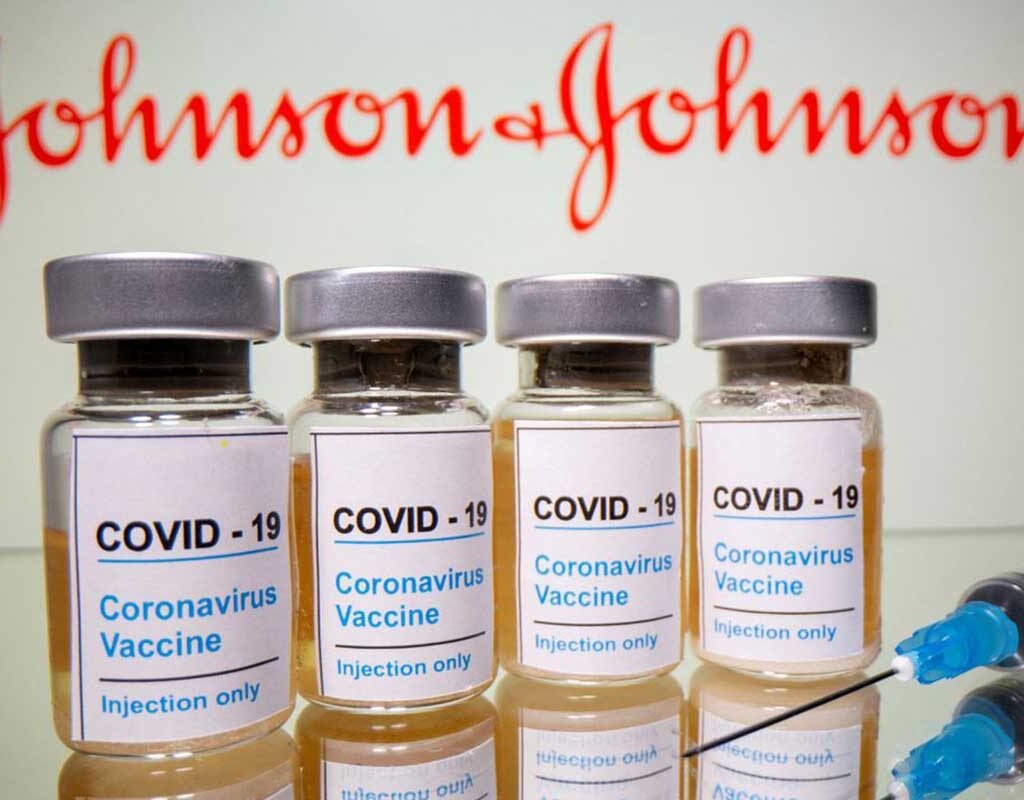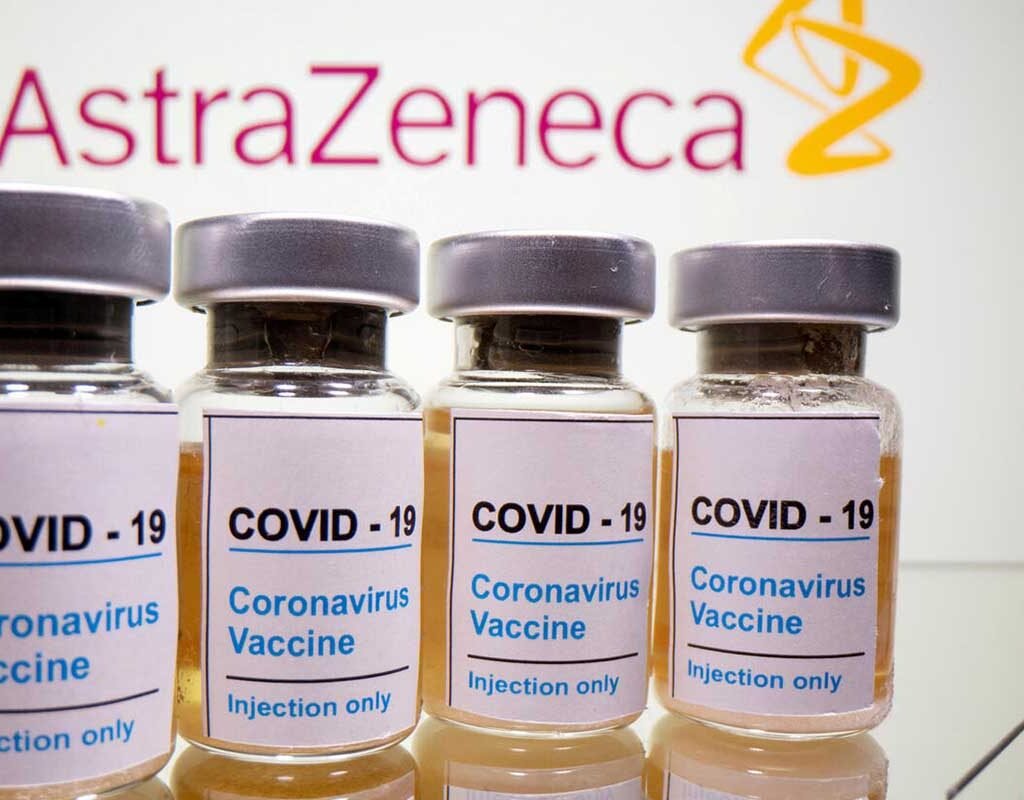Numerous studies have shown that vaccination against COVID-19 may significantly lessen the severity of illness and the likelihood of mortality from the disease. Widely Used COVID-19 Vaccines, An extra 14.4–19.8 million fatalities were averted in 185 countries and territories due to COVID-19 vaccinations between 8 December 2020 and 8 December 2021, as reported in research published in June 2022.
Care workers and the elderly are groups with particularly high risks of exposure and transmission; thus, many governments have devised staggered distribution strategies to ensure they get the vaccine as soon as possible.
Here are the Top 5 Widely Used COVID-19 Vaccines;
1. Johnson & Johnson
Who can get it: adults aged 18 and older who expressly desire the J&J vaccination or who, for medical reasons, cannot get any of the other vaccines that are now available. Widely Used COVID-19 Vaccines,
Dosage: Single shot. Fully effective two weeks after vaccination.

Who can get the booster: In most circumstances, individuals aged 18 or older should get a booster dose of the Pfizer-BioNTech or Moderna vaccine at least two months after receiving a single injection of the J&J primary vaccination (a J&J booster can be considered in some situations). In addition, any adult who has finished receiving a primary vaccination and booster from Johnson & Johnson is eligible to obtain a second booster from Pfizer or Moderna.
Possible adverse effects: Discomfort, redness, and swelling in the arm where the injection was delivered; general body symptoms include fatigue, headache, muscular pain, chills, fever, and nausea. Should any of these adverse effects manifest themselves, they are expected to disappear within a few days.
2. Moderna
Who can get it: Infants, children, and people in the United States who are at least 6 months old.
Dosage: For the main series, there will be two shoots, each spaced out by 28 days. Widely Used COVID-19 Vaccines, Completely successful after the second injection and waiting two weeks. Different amounts are recommended for administration to children and adults. The Centers for Disease Control and Prevention (CDC) recommends leaving an eight-week gap between vaccinations for some persons over the age of 12, particularly males between the ages of 12 and 39, to lessen the likelihood of myocarditis, which is an unusual adverse effect.
Who can get the booster: A booster dose is recommended for everyone aged 18 or older five months after completing their Moderna (two-shot) initial round of vaccinations. In most cases, it is best to use an mRNA booster manufactured by Pfizer-BioNTech or Moderna. (The only boosters that may legally be given to children and adolescents are made by Pfizer.) A second dose of the booster vaccine should be given to those aged 50 and older four months following the first dose.
Possible side effects: Symptoms such as discomfort, redness, or swelling at the injection site, fatigue, headache, muscular soreness, chills, fever, or nausea throughout the rest of the body may be experienced after receiving an injection.
3. Pfizer-BioNTech
Who can get it: Any resident of the United States who is at least 16 years old. Under EUA, eligibility may be granted to infants, children, and adolescents between the ages of 6 months and 15 years. Widely Used COVID-19 Vaccines,
Dosage: For the primary series: two shots, 21 days apart. Fully effective two weeks after the second shot. Dosages for children are different from dosages for adults.

Who can get the booster: Pfizer-BioNTech recommends that, five months after the first series of vaccinations, children and adolescents between the ages of 5 and 17 have a booster shot of the Pfizer-BioNTech vaccine. A booster shot should be administered to most adults at least five months following their initial vaccinations. Widely Used COVID-19 Vaccines, In most instances, a Pfizer-BioNTech or Moderna mRNA booster should be used for this population. A second dose of the booster vaccine is recommended for those aged 50 or older at least four months following the first dose.
If you are immunocompromised: Children and adolescents between the ages of 5 and 17 should be given three primary doses of the Pfizer-BioNTech medication. These should be spaced out as follows: the first dose should be administered three weeks after the second dose, and the third dose should be administered four weeks after the initial dose. In addition, adolescents aged 12 and older are eligible for a Pfizer-BioNTech booster injection three months after finishing the original set of vaccinations, followed by a second booster dose four weeks following the initial booster shot.
Possible side effects: Pain, redness, or swelling at the site where the shot was administered and tiredness, headache, muscle pain, chills, fever, or nausea throughout the rest of the body.
4. Novavax
Who can get it: People 12 and older.
Dosage: 2 doses, 21 days apart
Who can get the booster: The Novavax vaccine is not currently authorized for use as a booster.
Possible side effects: Injection site tenderness, fatigue, headache, muscle pain. Widely Used COVID-19 Vaccines. There were rare cases of myocarditis and pericarditis (six cases in 40,000 participants) in the clinical trial.
How it works: This vaccine is a protein adjuvant, in contrast to the mRNA and vector vaccines (an adjuvant is an ingredient used to strengthen the immune response). The Novavax vaccine uses a different strategy than conventional vaccines, which work by coercing the body’s cells into producing components of the virus that may stimulate the immune system. It is constructed as a nanoparticle, which renders it incapable of causing illness, even though it includes the coronavirus spike protein.
5. Oxford-AstraZeneca
Recommended for: Adults 18 and older
Dosage: Two doses, four to 12 weeks apart

Possible side effects: Sensitivity, discomfort, warmth, redness, itching, swelling, or bruising at the injection site; Widely Used COVID-19 Vaccines, these symptoms often go away within a day or two after receiving the injection.
Rare side effects: This vaccine was temporarily pulled from use in various countries in March after a few recipients got blood clots, and some of those recipients ultimately passed afterwards.









